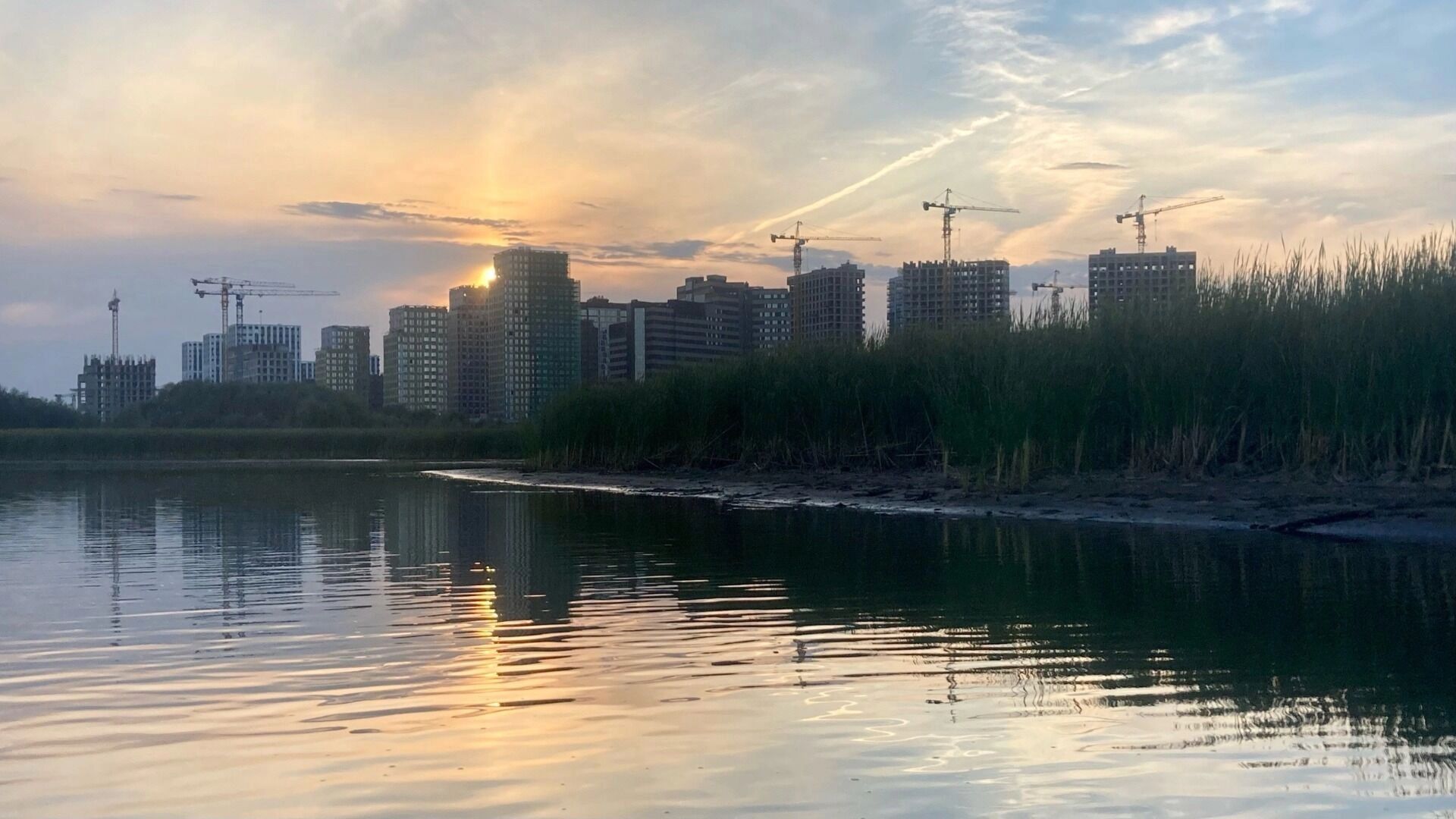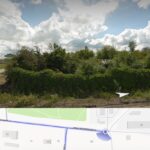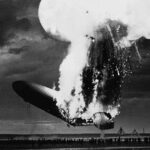Tuesday, November 18 will be remembered by Tatarstan residents for news about a poultry farm construction case, metro extension, and utility price increases. More details in the material.
Scandalous Poultry Farm
The scandal surrounding the poultry farm under construction near Kazan is gaining momentum. Today, the head of the Russian Investigative Committee instructed to report to him on the progress of the inspection of the facility’s construction, and later it became known that a criminal case had been opened for negligence. There are no specific suspects yet.
Currently, all circumstances are being established as part of the case, and the progress and results of the investigation are being monitored by the leadership of the investigative department. Tatarstan residents in comments noted that along with the poultry farm, they allegedly want to place a sheep farm, cowshed, rabbit farm and other similar facilities there. And all this is located near villages and rural areas.
A Kazan biologist is also against building the poultry farm specifically in this location. The main reason cited is that residential areas are nearby, and the technologies for processing manure and its metabolites are outdated. The expert proposed adopting more intensive processing methods with gas absorption and removal.
Metro Routes
In Kazan, the first section of the second metro line has not yet been completed, but there is already active discussion about where the line will go next. It was previously reported that the second line would be extended to RKB through the Universiade Village. The only question is exactly where the stations will be located, but this should be resolved by the end of the year.
Now experts are discussing where to route the second metro line from the other side – to the Novo-Savinovsky district or to the center of Kazan. Meanwhile, designers seem to be considering only one option – to the “Compressor Plant” stop, and from there – to the Quarter.
As for the option of going to the center of Kazan, experts believe it has its advantages: direct connection between Azino and the center of Kazan and the Kazan-1 railway station. It is assumed that passenger traffic there will be higher than if the metro is extended to the Novo-Savinovsky district. But there are also plenty of disadvantages, such as closed construction methods.
New Tariffs
In 2026, Tatarstan residents will again face increases in housing and utility service tariffs. This will happen twice (not twice as much as some Telegram channels wrote). The first changes will be in January – then the value added tax (VAT) should increase from 20% to 22%. The State Duma is currently considering the tax increase.
Another tariff increase was supposed to occur in July, but it was postponed to October. The reason for the postponement was not specified. It is known that at the beginning of 2026, utility tariffs will increase by approximately 1.7%. However, there was no official document about the future tariff increase. What the increase will be in the autumn of next year is also still unknown.
Meanwhile, even now, most Tatarstan residents pay between 5,000 and 12,000 rubles per month for utilities. According to a survey, 38% of respondents pay 5,000-8,000 rubles, another 34% pay 8,000-12,000 rubles. Only 10% of surveyed pay less than 5,000 rubles for utilities, while another 14% pay more than 12,000 rubles. A total of more than 900 people participated in the survey.






